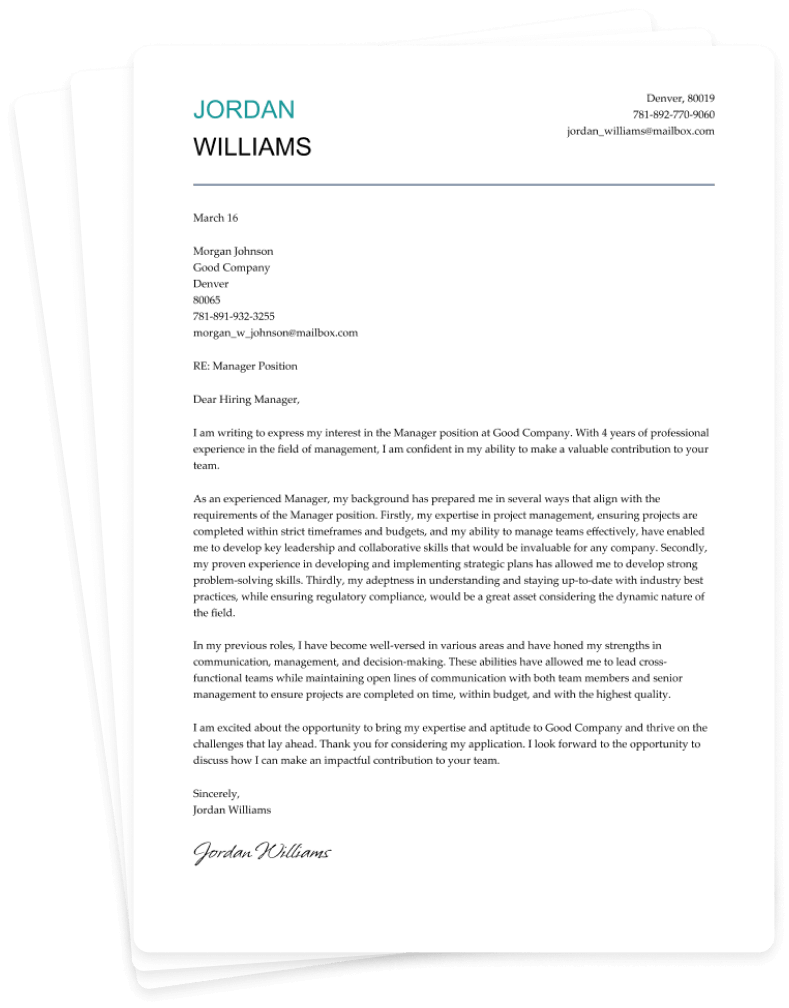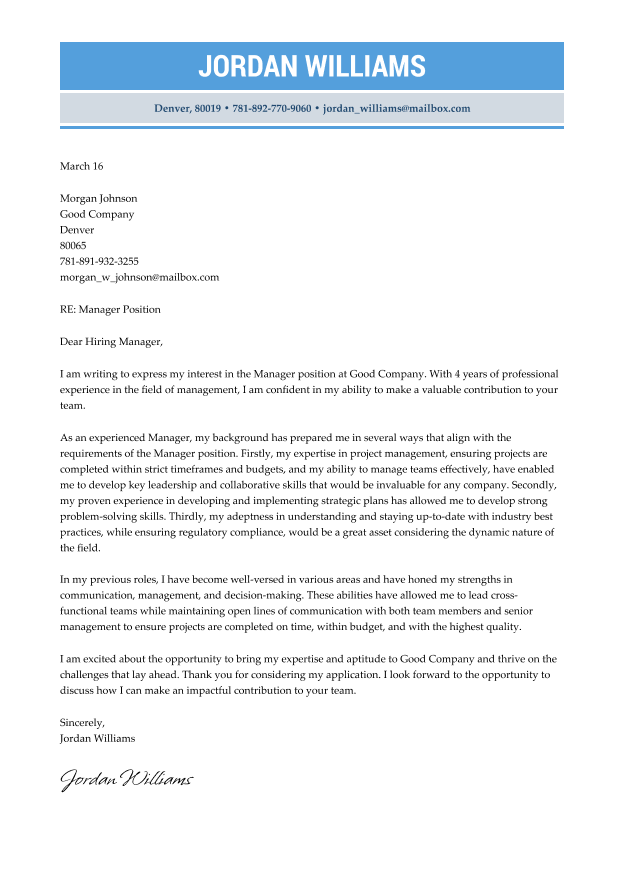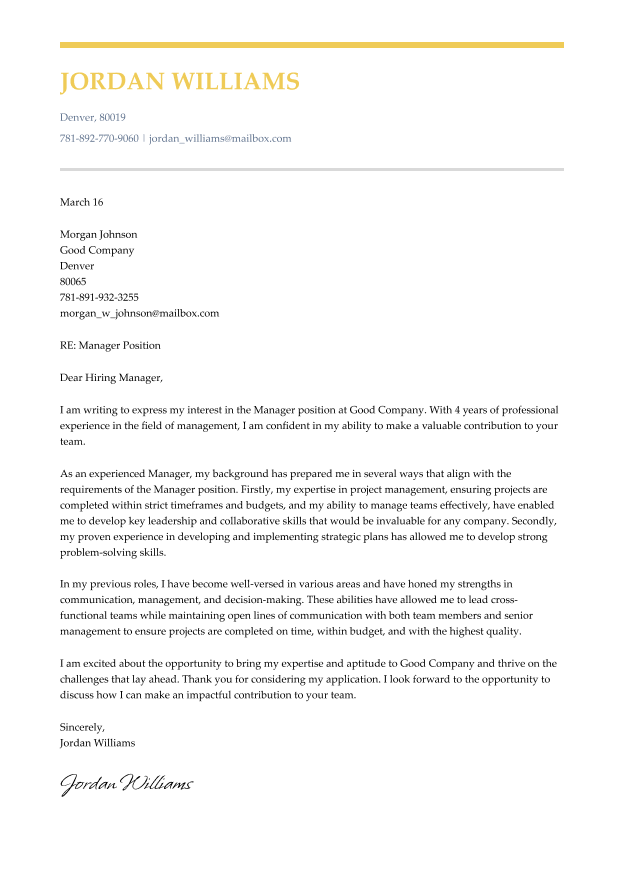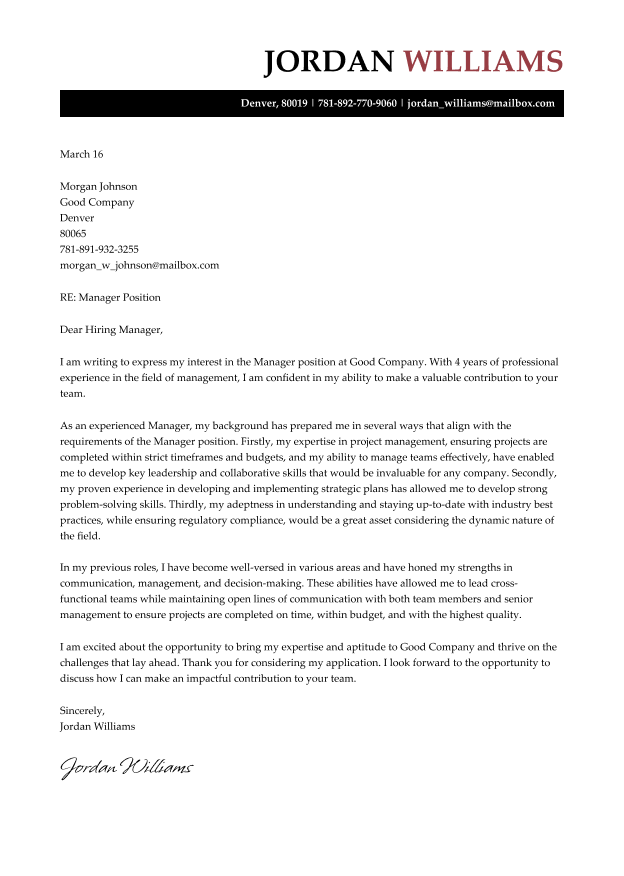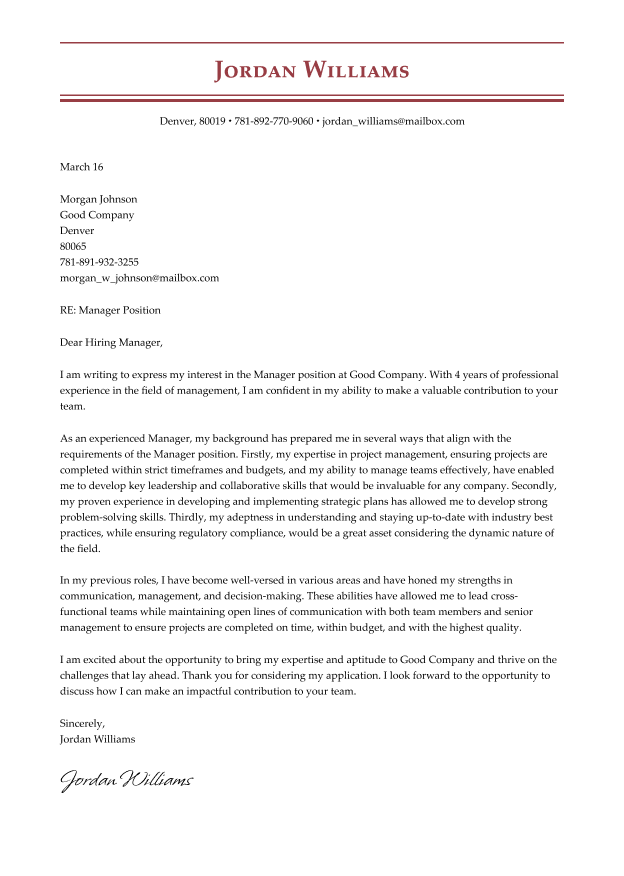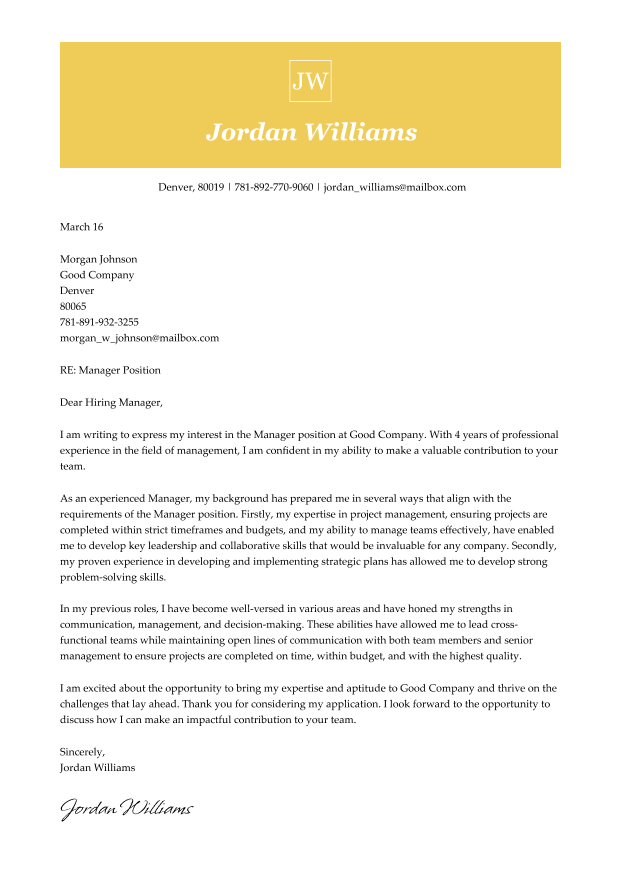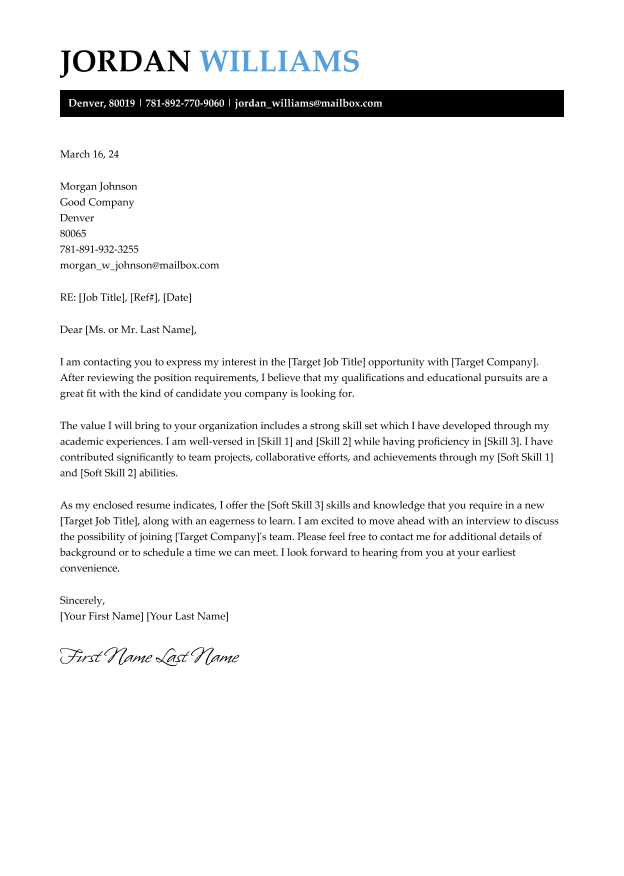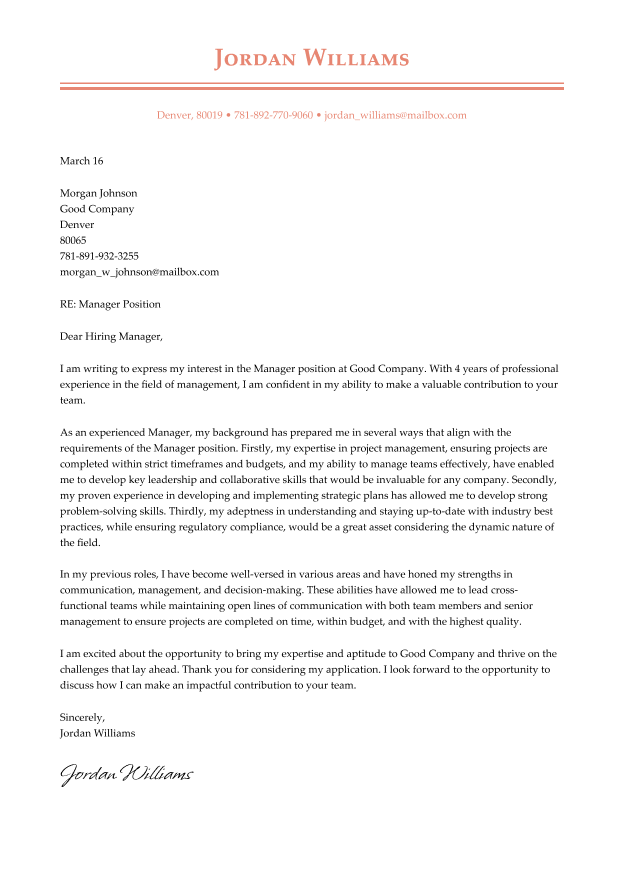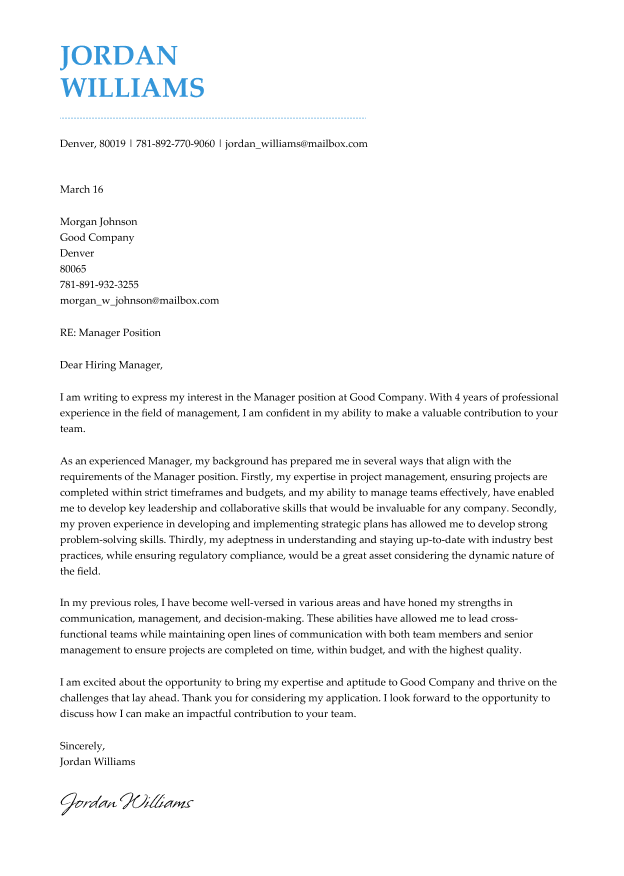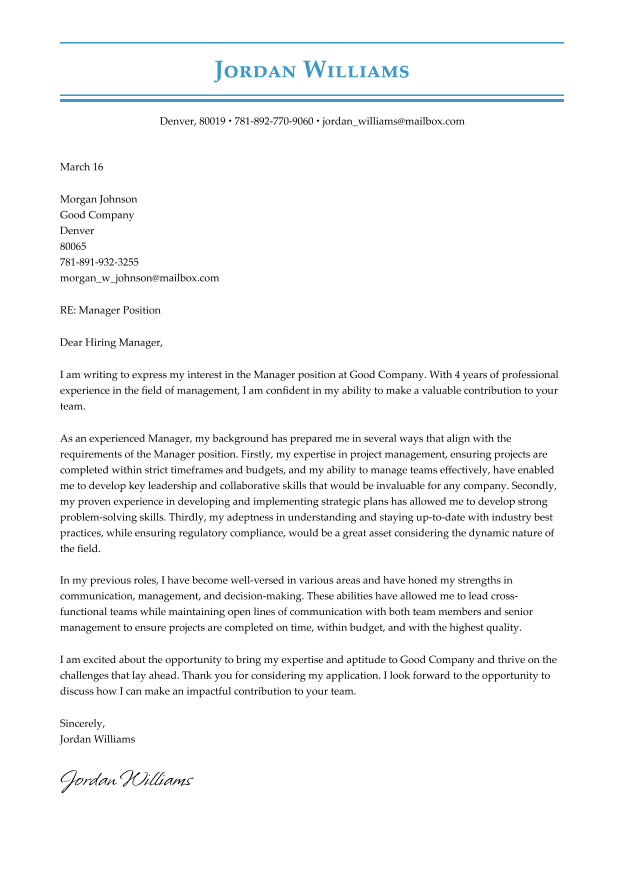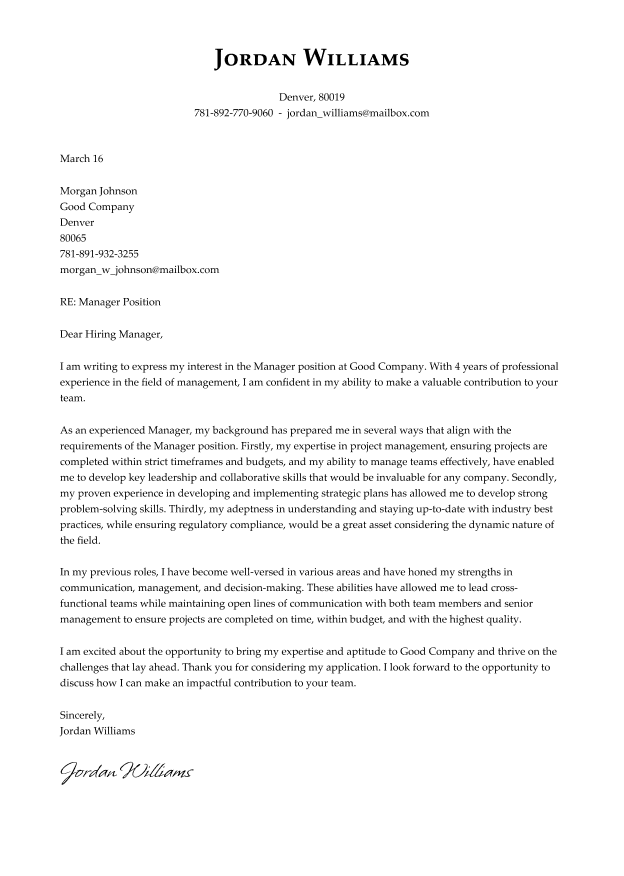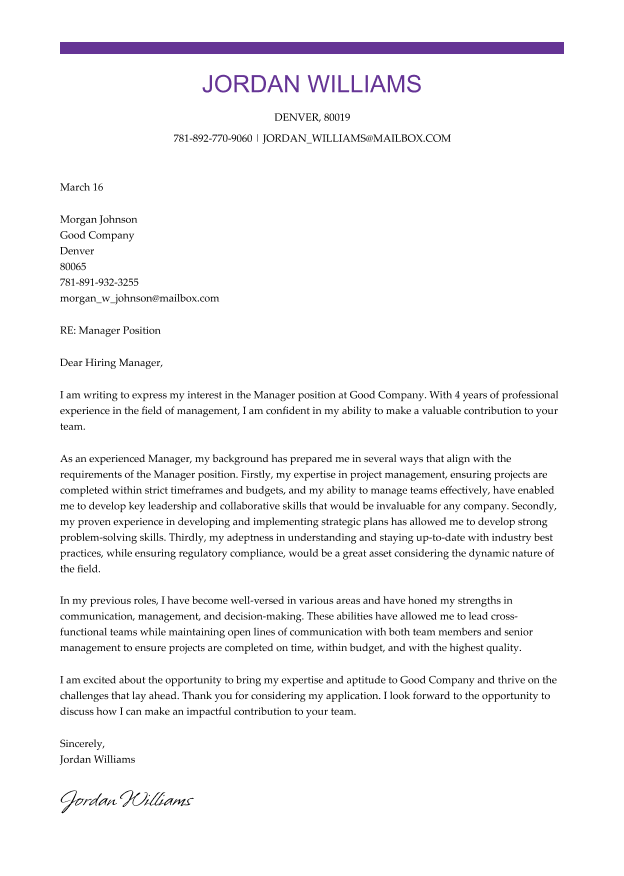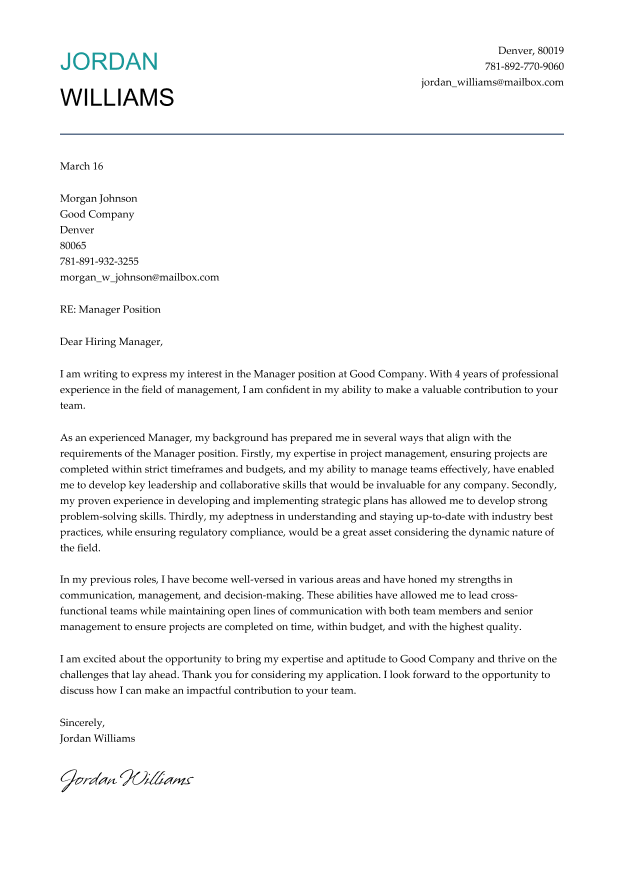Cover Letter Templates for easy employment
- 43% more likely to get a job with a strong cover letter design
- 64% more recruiter responses with proper formatting
- Use adjustable templates to boost interview chances
- Create a standout cover letter online in 9 minutes
- Format and finalize documents with one click
Ready-to-Use Effective Cover Letter Templates

To ensure your application passes through an Applicant Tracking System (ATS) and grabs a recruiter's attention, we rigorously test and verify the ATS compatibility of our cover letter templates.
Just 4 steps to build your Effective Cover Letter
Why are Effective Cover Letter Templates The Best?





Effective Cover Letter Users







Have more questions?

A cover letter serves as a concise, one-page document that accompanies your resume or CV during a job application. Its primary objectives include:
- Demonstrating your enthusiasm for the company;
- Drawing attention to key aspects of your professional background;
- Illustrating how your experience aligns with the company's requirements.
It's important to note that a cover letter should not duplicate the content of your resume.
While you should highlight essential details, avoid verbatim repetition.
Typically, recruiters review cover letters after assessing your resume to confirm your suitability for the role.
Your cover letter matters as much as, if not more than, your resume.
While your resume gets you noticed, the cover letter is what truly introduces you.
If you've invested time in perfecting your resume, why not give the same attention to your cover letter?
Using a well-crafted cover letter template can demonstrate your commitment to the job, especially if it complements your resume design.
Here's a simplified version:
1. Header: At the top, include your contact information and the recruiter's details like name, company, and address.
2. Greeting: Start with a formal greeting like "Dear Sir or Madam," or use the recruiter's name if you know it.
3. Opening Paragraph: Introduce yourself briefly, mention your experience ("financial analyst with X+ years"), state the position you're applying for, and highlight one or two achievements.
4. Second Paragraph: Explain why you're a good fit for the position and why the recruiter should consider you.
5. Third Paragraph: Discuss why you're interested in the company, whether it's shared values or exciting projects.
6. Formal Closing: End with a summary and a call to action, expressing your enthusiasm for the opportunity.
These sections are essential for crafting an effective cover letter.
Writing an effective cover letter involves several key steps. If you want detailed guidance, you can refer to our cover letter writing guide.
However, here's a quick summary with our top 4 tips:
- Be Specific: Avoid vague language and aim for clarity in your cover letter. Skip generic statements like "I'm a good fit" and focus on concrete examples.
- Research Thoroughly: Companies appreciate applicants who demonstrate genuine interest. Take time to research the company and the position you're applying for, and incorporate your findings into your cover letter.
- Customize Your Cover Letter: Tailor your cover letter to each job application. Personalize it by addressing the hiring manager by name and highlighting specific aspects of the role or company that excite you.
- Use Quantifiable Achievements: Whenever possible, quantify your accomplishments with data. Instead of vague claims, provide measurable results to showcase your contributions, such as exceeding sales targets or improving company revenue.
Many recruiters believe that a good cover letter should be short and to the point. Ideally, it should be around half a page to one full page, with a word count ranging from 250 to 400 words.
Writing a cover letter as an entry-level candidate can feel daunting. Without work experience or achievements, you might wonder what to include. But here's the bright side - You can emphasize these points instead:
1. Highlights from your education;
2. Skills that are relevant to the job;
3. Any independent projects you've tackled;
4. Experience gained through volunteering;
5. Involvement in extracurricular activities;
6. Your eagerness to learn and develop as a candidate.
Here are the basics of formatting your cover letter properly:
- Pick a cover letter template that suits your industry. A good match means you won't need to mess around too much with how it looks;
- Keep colors minimal. Unless you're in a field like marketing, advertising, or design where creativity is key, stick to a professional look;
- Choose clear and professional fonts, and stick to standard sizes;
- Set the margins to 1 inch on all sides. This ensures there's enough space on the page, and your text doesn't feel cramped.

